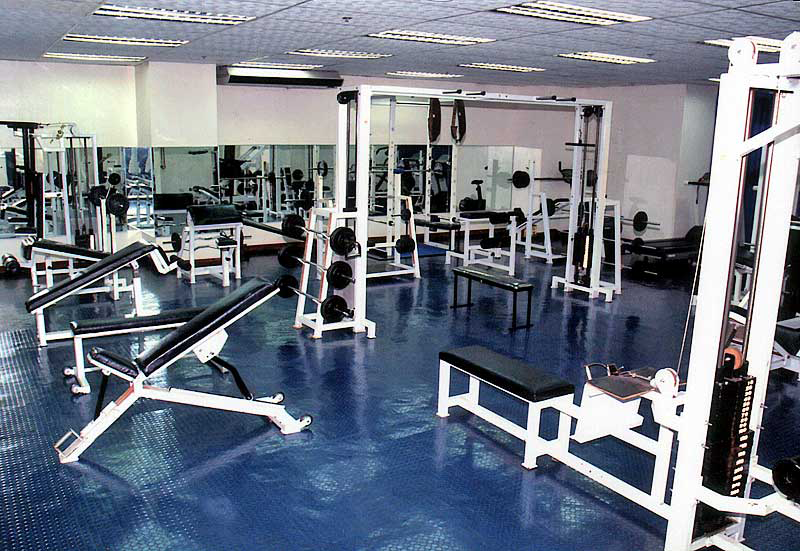The 2014 NCAA Men’s Basketball tournament starts on March 18, 2014 and OSS congratulates all the teams who have made it to the tournament. March Madness is a frenetic tournament of college teams on their quest to be the best.
Getting to this tournament has been long and sometimes with injury, but we hope that they have performed all the necessary conditioning so that they can compete with the best.
Basketball is a fast, moving sport and sometimes, injuries can occur. Common basketball injuries include:
Ankle Sprains
Treatment for an ankle sprain involves rest, ice, compression, and elevation (RICE). The need for X-rays and evaluation by an OSS physician is determined on a case-by- case basis and depends on the severity and location of pain. Pain and swelling over the bone itself may need further evaluation. An injury to the ankle could represent a simple sprain or could be the result of an injury to the growth plates located around the ankle and should be evaluated by a physician.
Jammed Fingers
Jammed fingers occur when the ball contacts the end of the finger and causes significant swelling of a single joint. Application of ice and buddy taping the finger to the adjacent finger may provide some relief and allow the athlete to return to play. If pain and swelling persist, evaluation by a physician or athletic trainer is recommended and an x-ray of the finger may be needed.
According to Dr. Scott Ruhlman, “It is often difficult to distinguish a devastating finger injury versus a simple sprain based on swelling alone. An x-ray is key to guide ideal treatment.”
Knee Injuries
Basketball requires extensive stop and go and cutting maneuvers which can put the ligaments and menisci of the knee at risk. Injury to the medial collateral ligament is most common following a blow to the outside of the knee and can often be treated with ice, bracing and a gradual return to activity.
Deep Thigh Bruising
Treatment includes rest, ice, compression, and elevation. Commercially available girdles with thigh pads are now available for protection.
Foot Fractures
Stress fractures can occur from a rapid increase in activity level or training or from overtraining. Stress fractures in basketball most commonly occur in the foot and lower leg (tibia). Once diagnosed, a period of immobilization and non-weight bearing is recommended. Return to play is permitted once the fracture has completely healed and the athlete is pain free.
Prevention of Basketball Injuries
- Have a pre-season physical examination and follow your doctor’s recommendations for basketball injury prevention
- Hydrate adequately – waiting until you are thirsty is often too late to hydrate properly
- Pay attention to environmental recommendations, especially in relation to excessively hot and humid weather, to help avoid heat illness
- Maintain proper fitness – injury rates are higher in athletes who have not adequately prepared physically
- After a period of inactivity, progress gradually back to full-contact basketball through activities such as aerobic conditioning, strength training, and agility training.
- Avoid overuse injuries – more is not always better. Many sports medicine specialists believe that it is beneficial to take at least one season off each year. Try to avoid the pressure that is now exerted on many young athletes to over-train. Listen to your body and decrease training time and intensity if pain or discomfort develops. This will reduce the risk of injury and help avoid “burn-out.”
- Talk with your coach, an OSS physician and/or athletic trainer about an ACL injury prevention program and incorporating the training principles into team warm-ups.
- The athlete should return to play only when clearance is granted by a health care professional.
Dr. Jonathan Franklin reminds everyone that “Conditioning and flexibility are key as they reduce the risk of injury during the season. Preparing your body for a game ahead of time will pay off with more success during the season.”
If you believe you are suffering from a basketball-related injury and need specialized orthopedic care, Orthopedic Specialists of Seattle provide excellent treatment options available for you. Please feel free to contact OSS at (206) 633-8100 to schedule an appointment.



